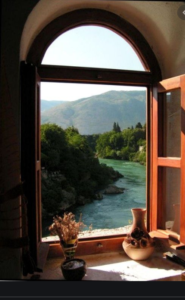In this post we won’t get into why mold is a bad thing for your living space. This topic is widely covered and frankly there is not a lot of disagreement about it.

But how and why does mold pervade our living space? It’s all about moisture and humidity
When mold spores land on a moist surface suitable for life, they begin to grow. Humidity (moisture) is the key factor in understanding mold growth. The most important parameters that characterize the degree of humidity are: water activity (the amount of water available to spores); relative humidity of the air and the moisture content of the materials. Because insulation sits between you and the outdoor environment it plays a key role in either encouraging or preventing mold growth. Wool insulation addresses these inputs in a unique way.
Water does not build up on the surface of wool
Mold cannot use humidity that is accumulated deep inside in an insulation material, therefore, the moisture condition directly on the surface is crucial. This is where wool’s hydrophobic (water-repellent) properties kick in. The outside of the wool fiber consists of overlapping cuticle cells that naturally repel water (hydrophobic). So water is not easily available on the surface for mold to grow.

Wool actively manages Relative Humidity
In a brilliant twist of evolution, the interior of the wool fiber is actually hygroscopic meaning it has a high moisture buffering capacity. Water vapor is able to pass into the interior of the fiber. This is how wool can absorb up to 33% of its own weight in water and still feel dry to the touch. So wool traps moisture inside the fiber (where mold spores cannot get to it) which moderates the relative humidity of your wall cavity.
Wool insulates really well, making an inhospitable environment for mold
As we’ve written before, there are a number of ways to accurately measure the insulative qualities of a material… it’s not just R Value. Because of the aforementioned qualities of wool, the stated R Value will persist with time. Degradation in R Value due to moisture buildup does not occur. So with a long-lasting insulation like wool, the temperature and relative humidity of your wall cavity and living space is more easily maintained. Along with that comes less opportunity for mold growth through issues like condensation.
The cumulative effect of wool insulation and less relative humidity makes for a tough place for mold to grow. Win-win.
Other than using Havelock Wool Insulation, how else can you prevent mold growth?
You will find a ton of research, tips, and ideas on the internet about maintaining a mold-free living space. In our years of insulating all types of structures, we’ve learned some basics to always keep in mind. As with most things in life, common sense prevails :
- Ventilate: a space that can breathe, can dry. Let the air flow!
- Keep it clean : whether it’s floors, gutters, drip pans or drainage lines, a clean space makes it harder for mold to grow.
- Minimize or eliminate leaks: vigilance required but keep an eye out for any water finding its way into your space
- Strongly consider placement of any vapor barriers; in a wall cavity is not suggested.

Hi
I got a Chevy Express 3500 12 passenger van. I’m intended to do the conversion in steps is 1 bag will be enough for floor and walls up to windows level?
Check out vanlife page for details. Each bag covers 100 s/f so it really just depends on how much area is to be insulated. Thanks! https://havelockwool.com/van-insulation-products/
Hi, So, I don’t need the baffles if I use this for the roof?
Regards,
Looking to insulate attic space over 1500sq ft, in N.Alabama
Great! Once you have exact measurements you can buy directly online HERE. Email us at sales@havelockwool.com with any questions. Thanks! https://residential.havelockwool.com/
Should I raise the floor to creat some space between my cork and the floor of the car that will sandwich my wool? Thanks
You do not want to compress the wool as that will diminish it’s insulative qualities. Hope that helps.
If Im using drywall over the wool, and no vapor barrier.. should I choose regular gypsum or the mildew resistant green/purple drywall? Thank you.
Hi Erin – For starters, we would recommend using a properly installed vapor barrier and if you’re in a heating dominated climate zone (Climate Zone 5) placing it inboard of the insulation. As for your drywall choice, we aren’t experts in those products so suggest you contact the manufacturers. Thanks for your support!
Has your wool ever been used as insulation in log grooves for a log sauna ?